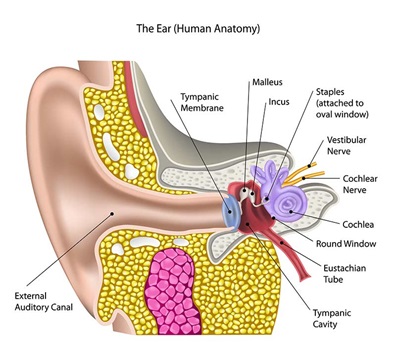I received this note from Yvonne Rosenbaum, who lives at Center Communities of Brookline. I appreciate both the kind words about me, even if they are not fully deserved! More important, Yvonne went and found an explanation of Cochlear Implants and how they work. I found the blurb and the picture helpful, and I hope you will as well. - JM
Rabbi Jim is open about his surgery and about the loss it compensated. Unlike many people who have a health challenge, he is not secretive or embarrassed. He describes the problem and the gains after surgery. He introduces humor about his recovery, new gains and discoveries. He enjoys the personal and scientific gains. In my opinion, hearing loss could be serious for a Rabbi working in an ordinary environment (compared to a Rabbi working in an organization dedicated to serve people with hearing loss ). His focus and at the same time wide perspective helps to make this surgery a success. Of course his focus and perspective make his career a success !
So many people have hearing loss, and won't admit it to themselves or others. Perhaps Rabbi Jim has inspired them.
For people who like to see image/photo, here is one:
-------------------
Johns Hopkins Medicine
https://www.hopkinsmedicine.org/health/treatment-tests-and-therapies/cochlear-implant-surgery
What is a cochlear implant?
A cochlear
implant is a small electronic device that electrically stimulates the cochlear
nerve (nerve for hearing). The implant has external and internal parts.
The
external part sits behind the ear. It picks up sounds with a microphone. It then processes the sound
and transmits it to the internal part of the implant.
The
internal part is placed under the skin behind the ear during an outpatient
surgery. A thin wire and small electrodes lead to the cochlea, which is part of
the inner ear. The wire sends signals to the cochlear nerve, which sends sound
information to the brain to produce a hearing sensation. Although normal hearing is not
restored, with appropriate therapy and practice, the improved hearing
experience can mean an increased awareness of sounds in the environment, as
well as better communication through easier lip reading and listening.

No comments:
Post a Comment